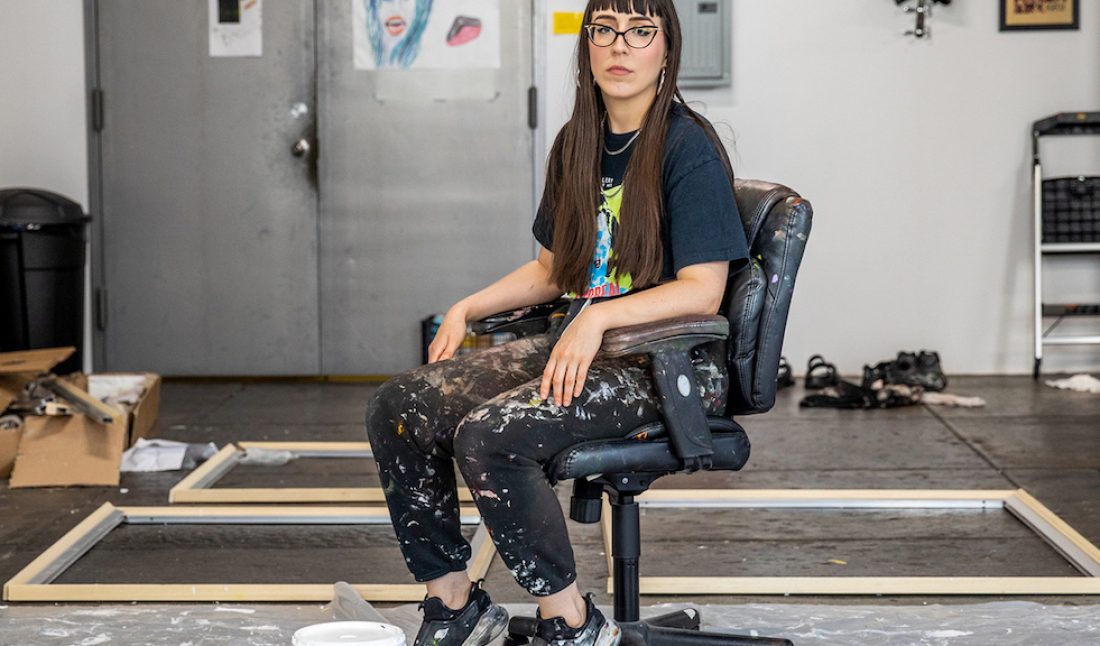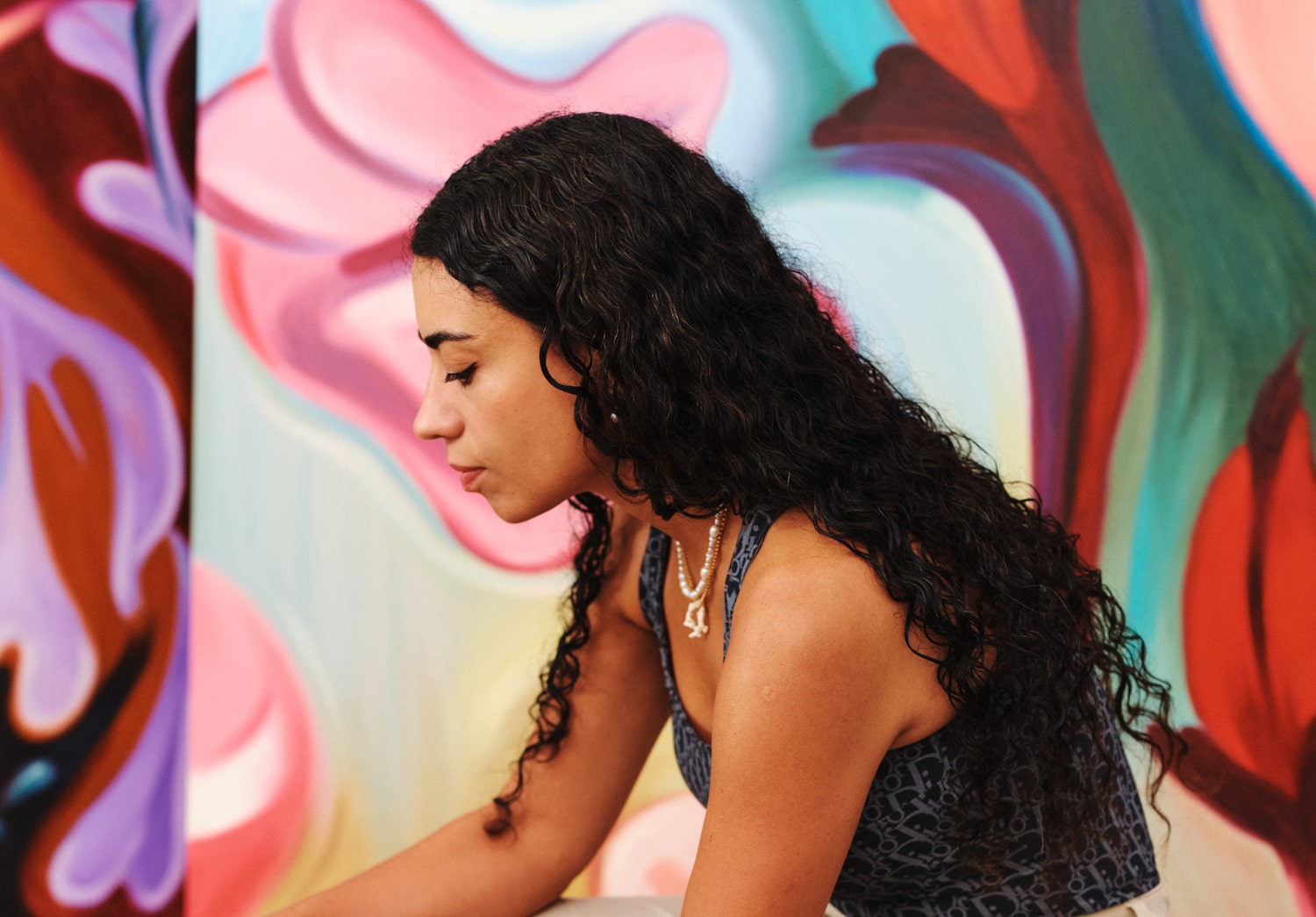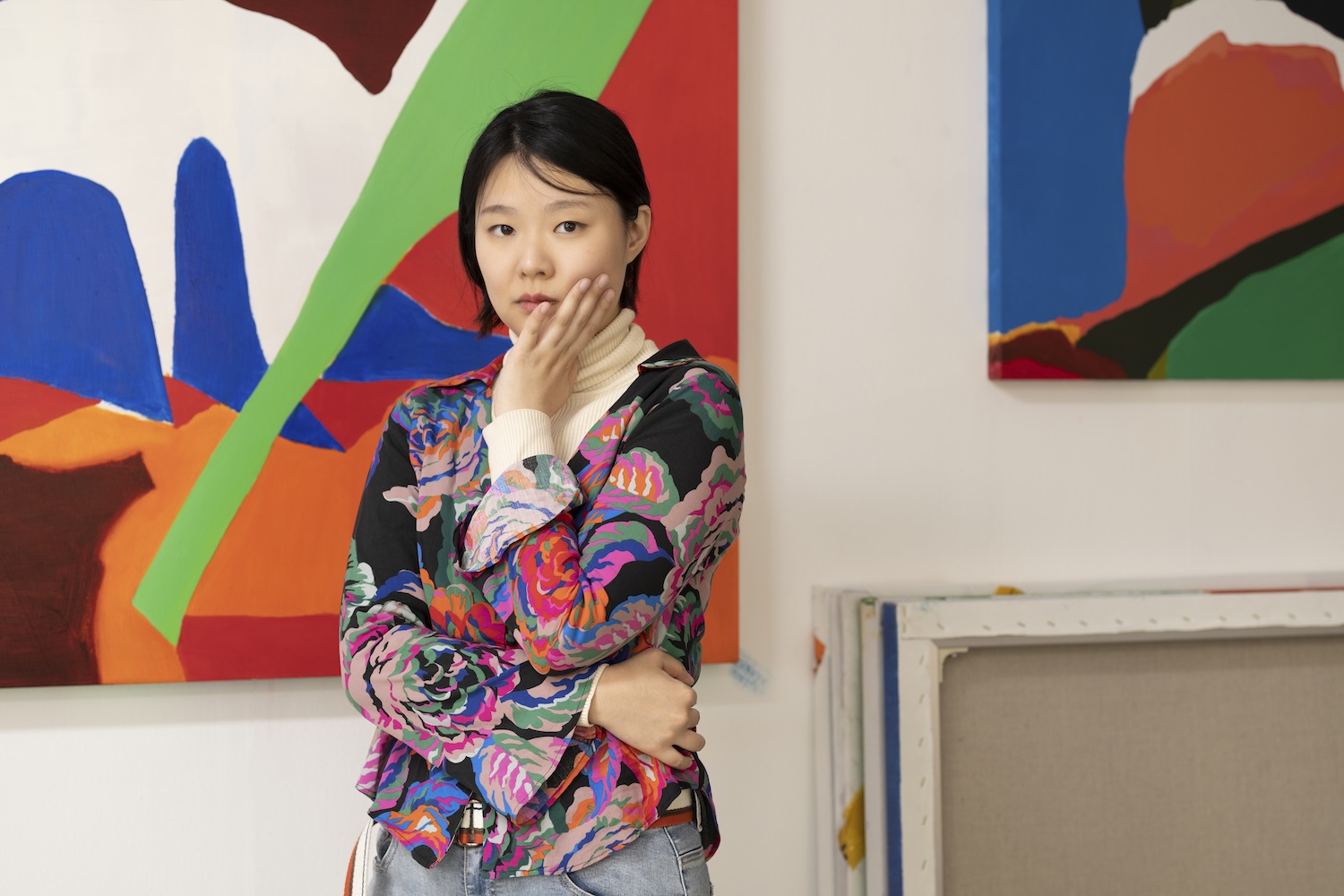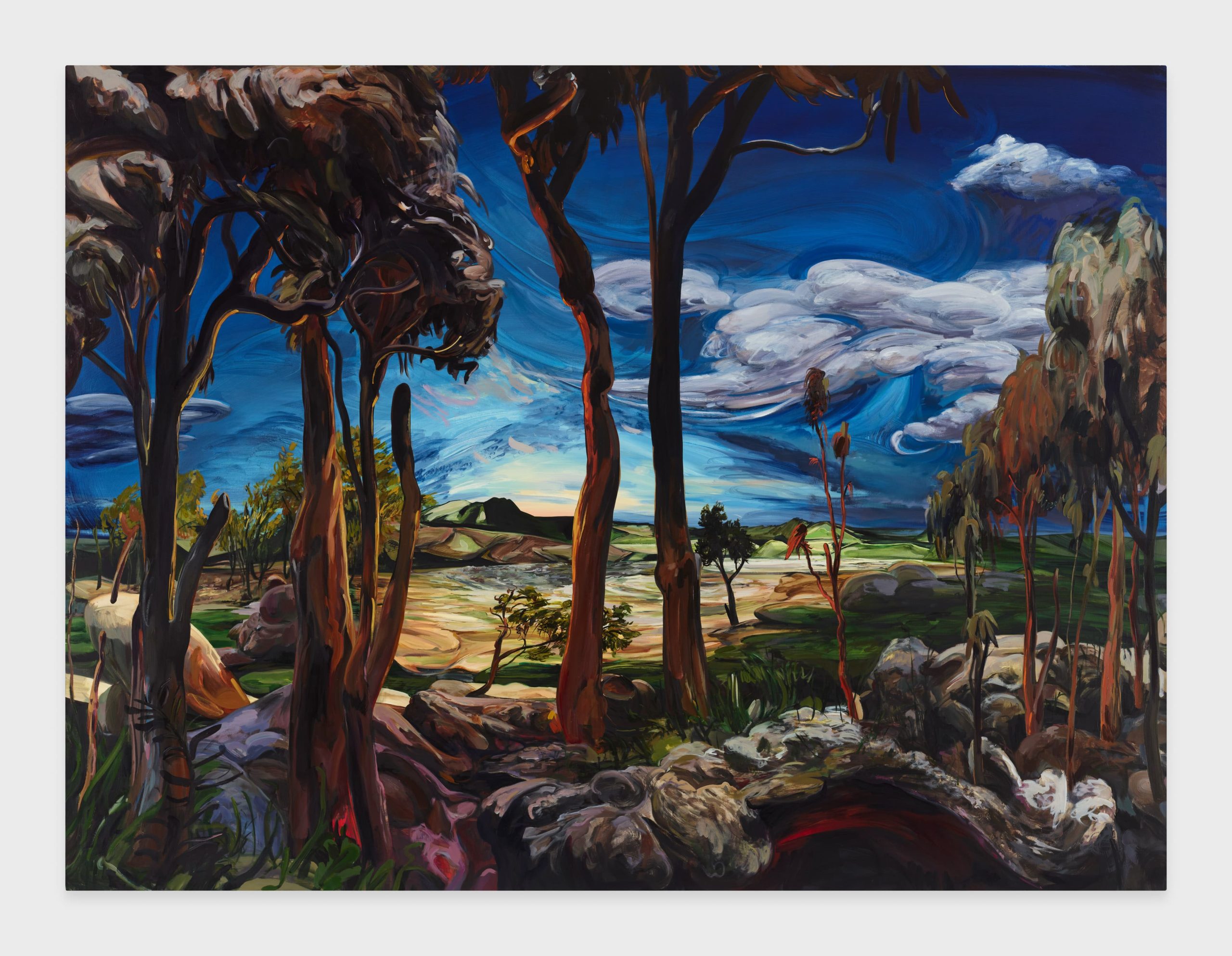Last fall, Shulamit Nazarian presented Coady Brown’s “Only in the Darkness Can You See the Stars” (September 18– October 30, 2021) in Los Angeles. On view were figurative paintings that reflected the hardships brought on by the pandemic, including works exploring racial injustice, death, and memorialization. The Baltimore-born, Philadelphia-based artist is known for her conceptual paintings that examine self-presentation in both private and public settings, exaggerating everyday life for a memorable sensation.
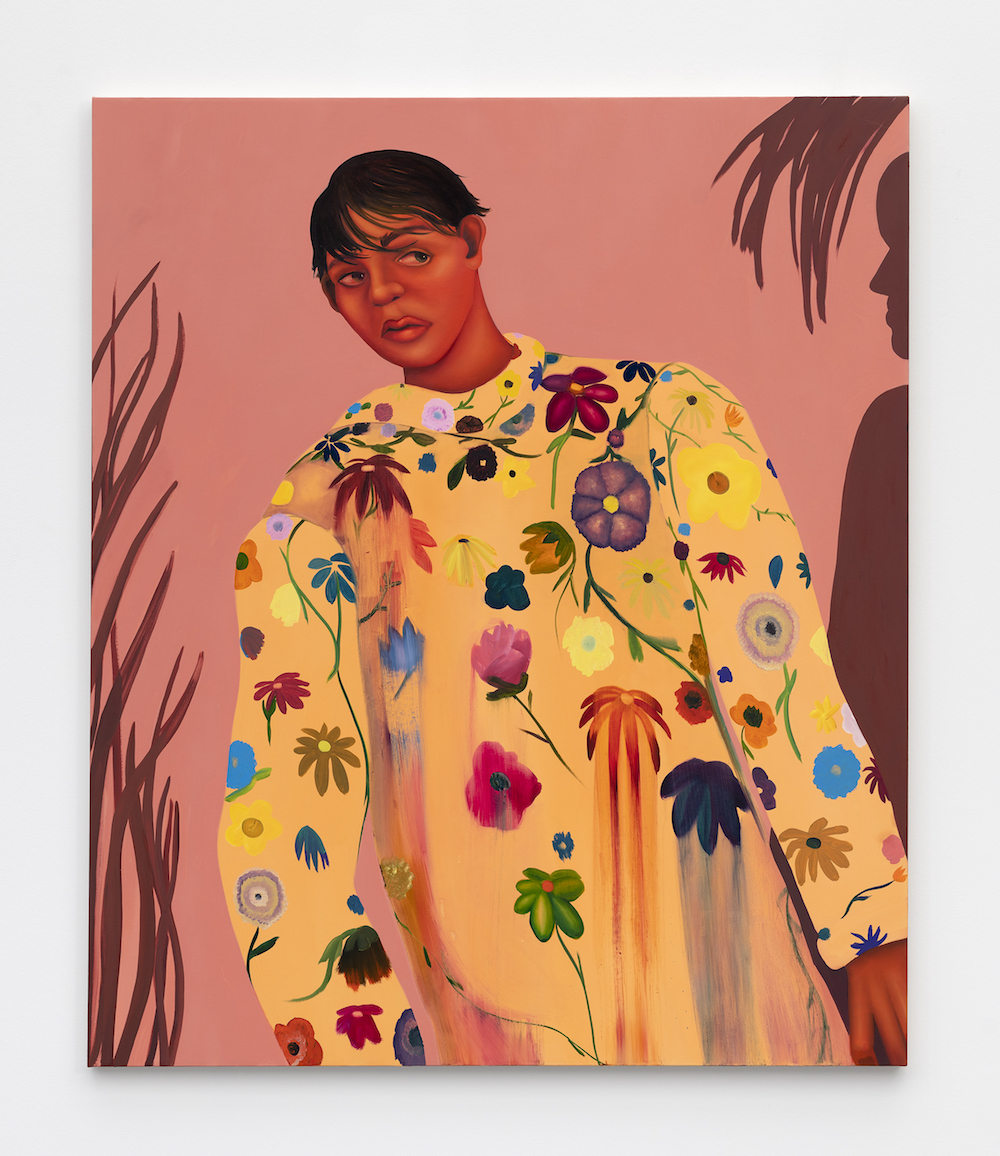 Coady Brown, Bloom, 2021, courtesy of Stems Gallery.
Coady Brown, Bloom, 2021, courtesy of Stems Gallery.
Tightly framed figures with inscrutable expressions are shown with a hint of surrealism, leading the viewer to question circumstance and emotion. Through these psychologically charged scenes, Brown explores her own complex ideas of self-image, as well as reflects on significant events and actualities in culture today.
Ahead of her miart fair presentation this spring with Stems Gallery in Milan, Whitewall spoke with Brown about her honest creative approach and why her most exciting painting is the one she doesn’t yet know how to make.
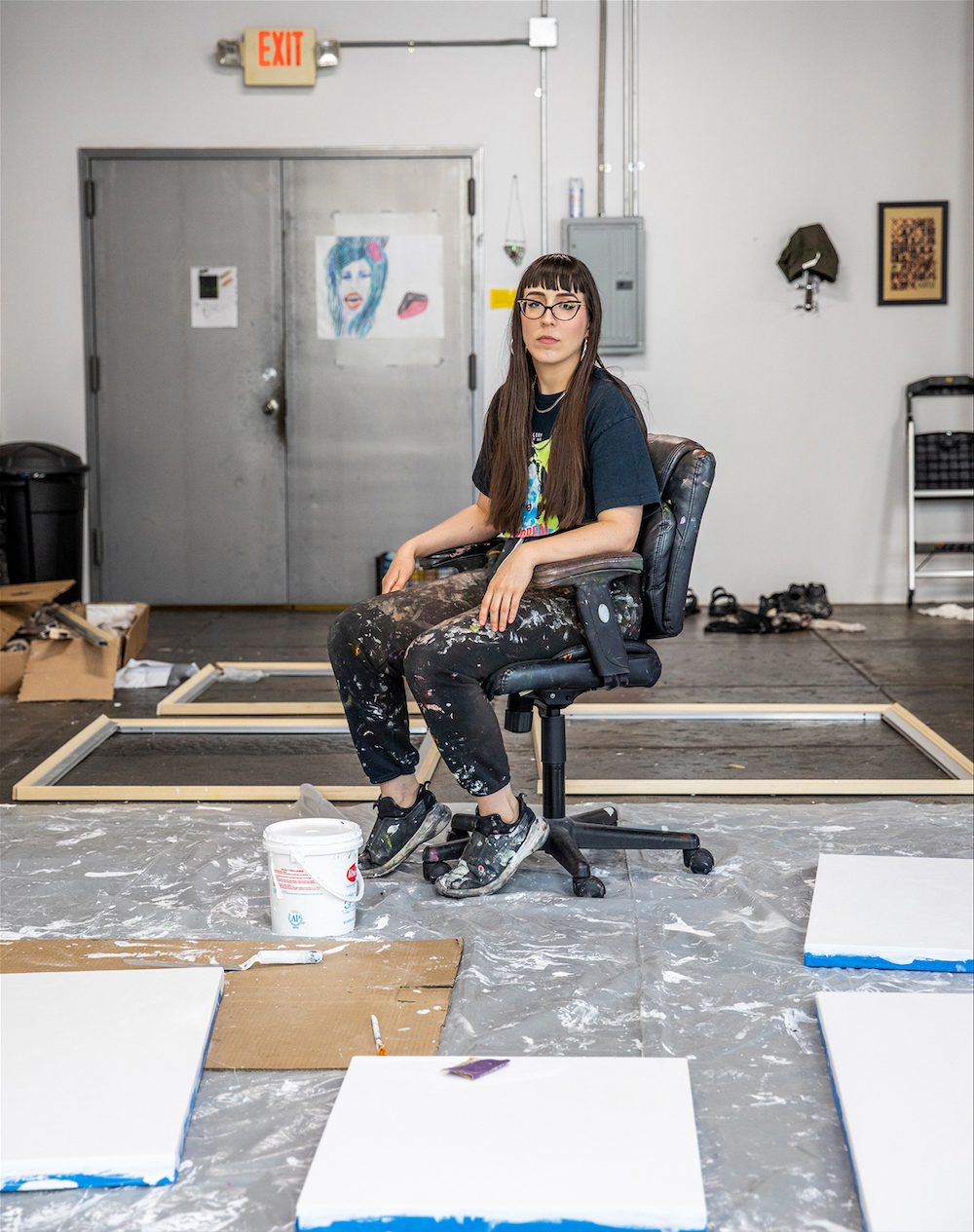 Portrait of Coady Brown by Maiwenn Raoult.
Portrait of Coady Brown by Maiwenn Raoult.
WHITEWALL: “Only in the Darkness Can You See the Stars” featured floral paintings of bouquets to show the passing of time and, as you said, “to grieve, to celebrate, to witness loss, to commemorate love and friendship.” Did creating these works help you cope with the pandemic?
COADY BROWN: I’ve always loved giving flowers, whether romantically or platonically. The lifespan of a bouquet, while depressing to some, has always been important to me in honoring how finite and fragile life is. Flowers are usually sent as a sign of respect for an occasion, whether in celebration or in grief. We have all had to process so much internally, without being able to gather normally during these times of immense pain and isolation, so making these paintings to privately communicate my feelings made a lot of sense to me.
Some of the bouquets have special meanings, to signify a particular person or event. I don’t disclose what those things are, because in making the work, it is important for me to maintain something that is unknowable to everyone else but me. It’s the way that I am able to remain close to the paintings even after they leave my studio.
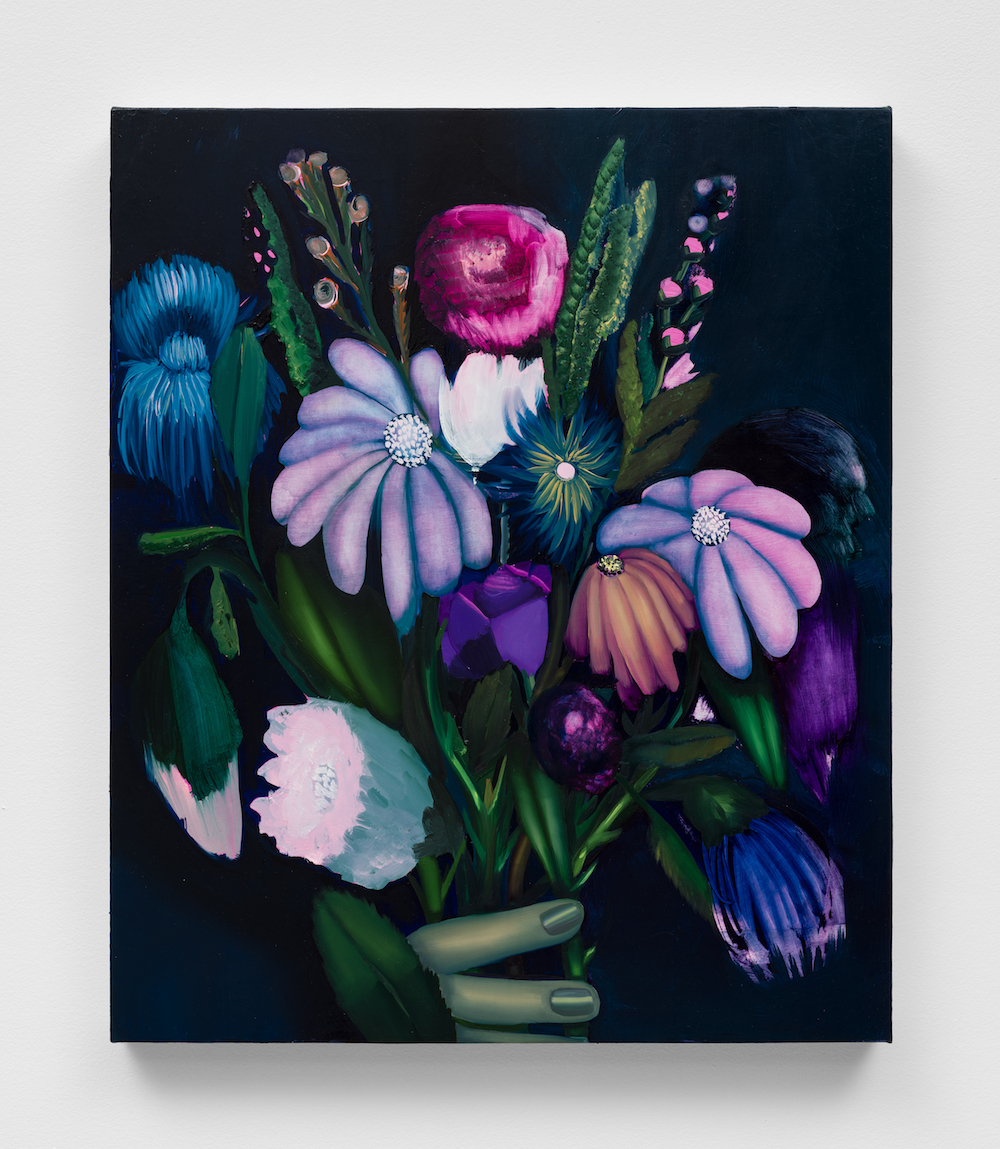 Coady Brown, Bouquet #2, 2021, courtesy of Shulamit Nazarian.
Coady Brown, Bouquet #2, 2021, courtesy of Shulamit Nazarian.
WW: Pieces like Conspiracy Theory, Bully, and Unbeliever explore topics like race, religion, and unkindness. What themes are important for you to explore in your painting?
CB: I want to make paintings that reflect our current moment, the chaos and anxiety of the world we live in. I choose not to depict things that are specific visual signifiers—like painting a mask or a political sign—because I am much more interested in reflecting the sentiment or mood of the zeitgeist. Sometimes the paintings confront these moments head-on, like Conspiracy Theory and Bully, and sometimes the work is about escaping it all through intimacy and pleasure, like in Confidante and Sweet Talk. I want to make work that is rooted in my experiences and environment, and that includes the people close to me as well.
I see art as such an interesting barometer of society. I process a lot of things from my personal life in the work as well. My relationships, fears, anxieties, and struggles with spirituality and optimism. Making images also helps me to raise questions about my complicated relationship with gender, self-image, desire, and what it means to live in a feminized body.
Conspiracy Theory was made in the fall of 2020, coming off of the tension and energy of the summer of Black Lives Matter protests and white conservatives counter-protesting. It felt like things might spin out of control at any moment. In our neighborhood in Philadelphia, there were white counter-protesters who brought bats and weapons to a demonstration, and the police did nothing to control these men at what was otherwise a peaceful gathering. That energy carried throughout the year. A new level of paranoia set in. Walking around, whether alone or with my boyfriend, the artist Pat Phillips, it felt like you had to be at the ready, to be constantly on guard and watchful. A mission of us against the world. I wanted to make a painting to mark that feeling, so Conspiracy Theory came together as a result.
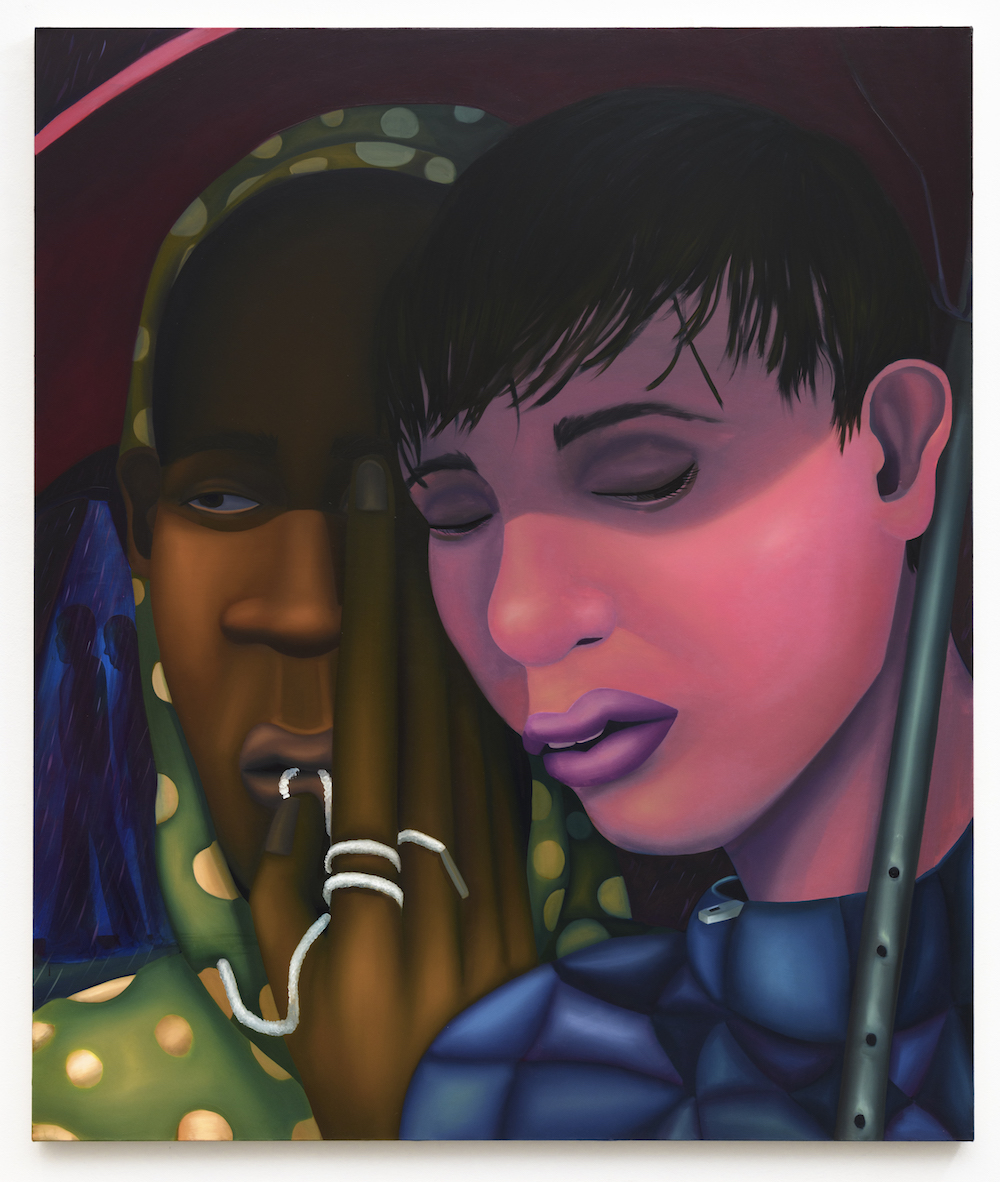 Coady Brown, Conspiracy Theory, 2021, courtesy of Shulamit Nazarian.
Coady Brown, Conspiracy Theory, 2021, courtesy of Shulamit Nazarian.
WW: How would you describe the surrealistic nature of your works?
CB: I think about my work as an exaggeration of the everyday. It’s based in reality, but with distortion. Things are never quite right, always a little inaccurate in the way that makes you look twice. I think of making images as trying to stay truer to sensation or memory than realism. Like if you were attracted to someone across the room, the color of their shirt would stand out to you. You would follow it while other things slipped in and out of focus. Our attention and our senses are so smartly attuned to the world around us. Our bodies are much more intelligent than our brains. In making the work, I try to let the sensorial overtake the intellectual, to really respond to what feels emotionally accurate.
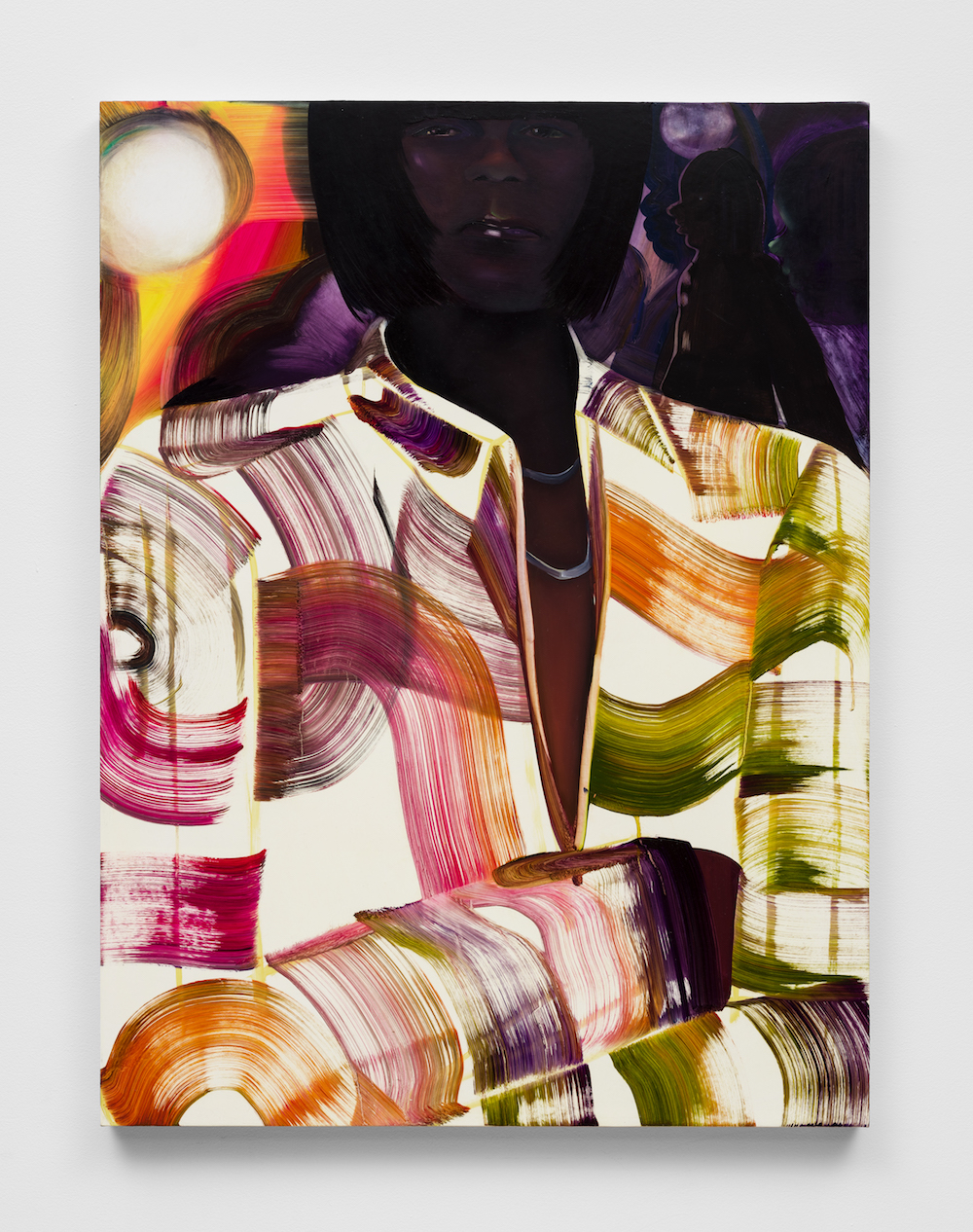 Coady Brown, Dark Star, 2021, courtesy of Shulamit Nazarian.
Coady Brown, Dark Star, 2021, courtesy of Shulamit Nazarian.
WW: You mentioned you’re working now on paintings for solo shows next year. How does it feel to give yourself that amount of time to create?
CB: For the first time ever, I have a long stretch of time to make the work, which is something I am really excited about. I’ve realized that I’ve been operating under intense deadline pressure seemingly every second in the studio. It felt like every moment had to be spent executing, like I’m always on the clock. So now I have the time to really think things over, to try different versions of things, and to make a lot of drawings. I want to make the paintings I don’t know how to make yet. That’s the dream.






